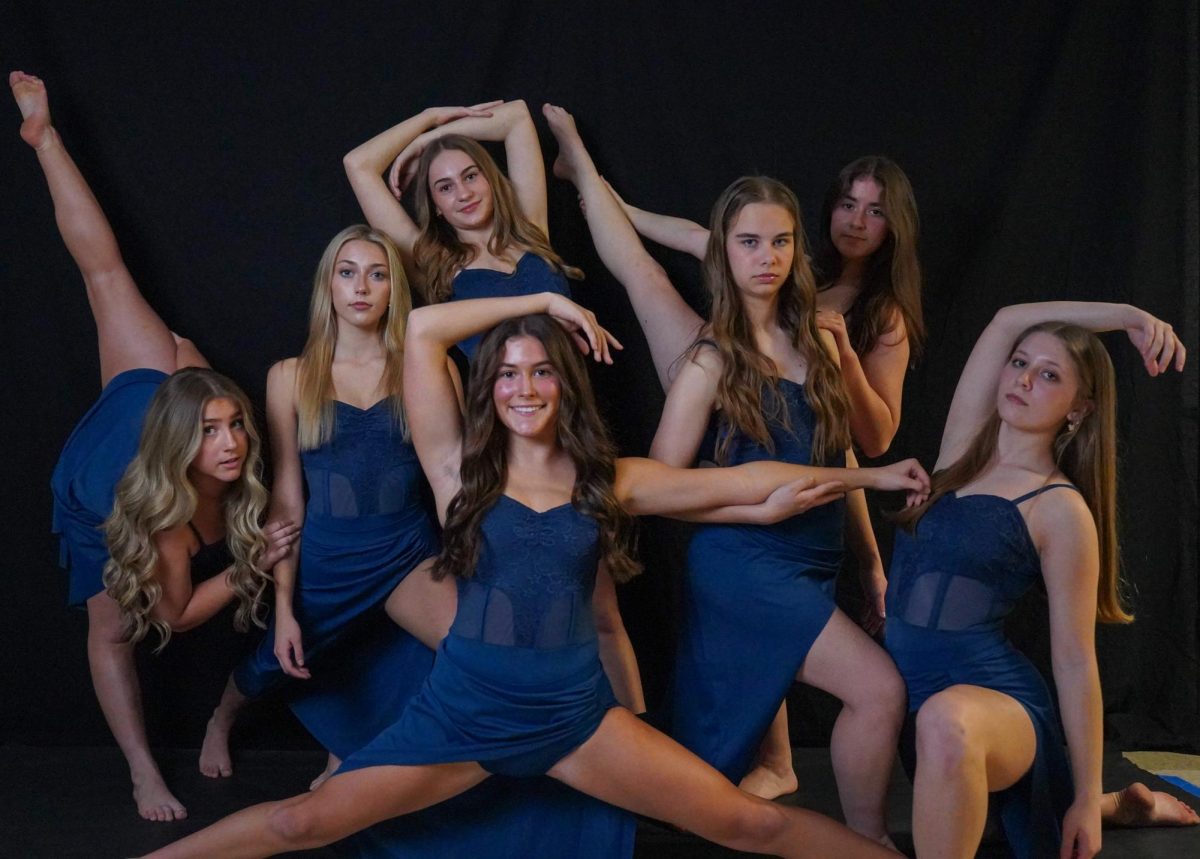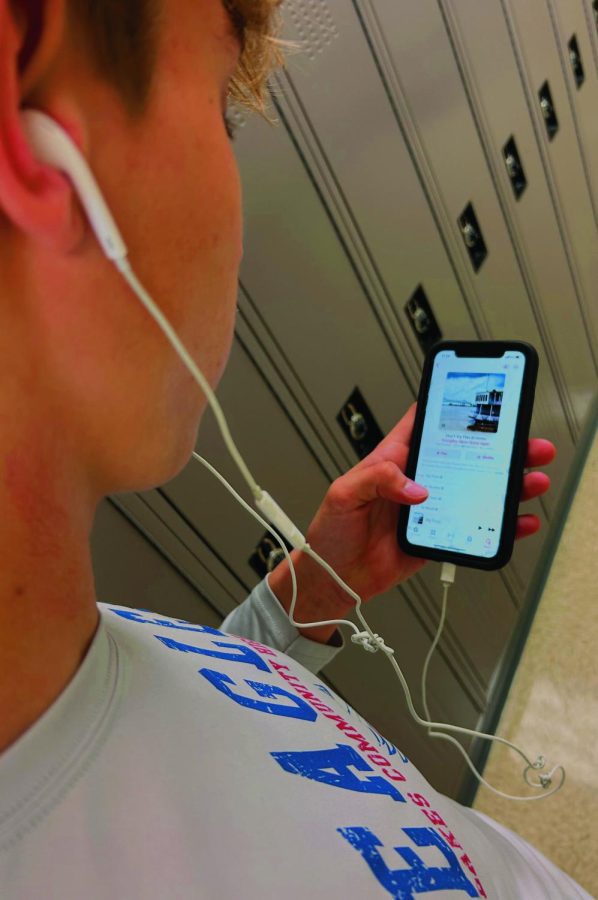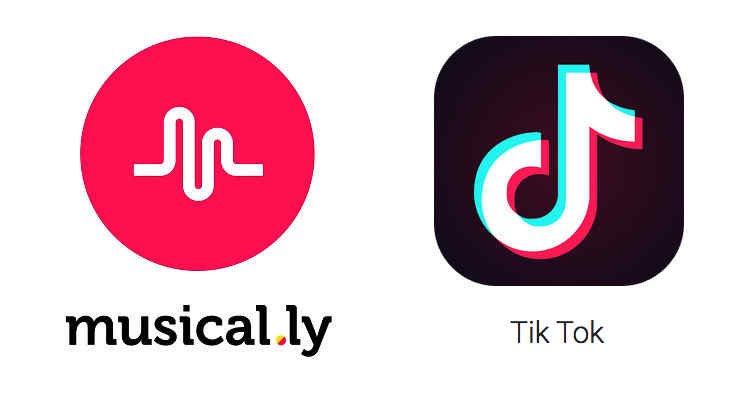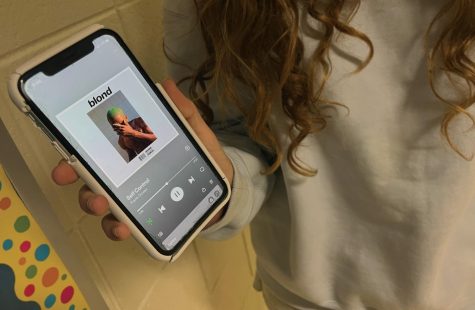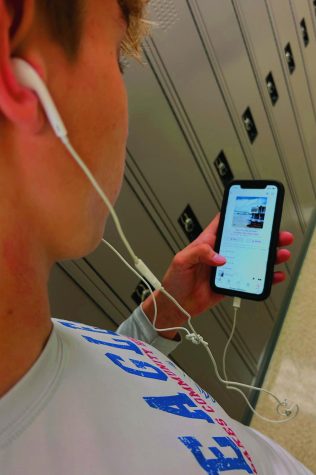Evolution of Tik Tok
Tik Tok, formerly known as Musical.ly, is an app where people can make videos to audio, and then post it to the public. For popularity, or even just for a laugh, Tik Tok has drawn in a wide variety of users.
Musical.ly, launched in April of 2014, was most commonly used by people to dance to music, lip sync, and then share with others. It’s popularity soared with around 100 million active users, and a worth of around $1 billion.
In November of 2017, Musical.ly was bought out by Bytedance, a company with a Chinese short-form video app called Douyin (the Chinese version of Tik Tok). All users and content on the app were transferred as the app merged with Tik Tok.
Musical.ly had rapidly grown, but Tik Tok had gained even more attention. Taking note of the new international influence, the app was ranked as the second most downloaded worldwide by November of 2018.
By 2019, Tik Tok had 500 million users worldwide, compared to Musical.ly, with only 100 million by the end of a three year period. The way the app has been used has drastically changed. The once dancing, lip syncing app, is most notably known for its comical presence.
Drawing in such a wide variety of users enables Tik Tok to produce different kinds of content. Many users post tik toks to make a joke, but for some it’s a DIY instructional, an aesthetically pleasing video, a cooking tutorial, or even a motivational video. Making videos that everyone can relate too, getting the most views, and being able to reference the short clips in a joking manner with friends, is all a part of the atmosphere the app has created.
Will Tik Tok be the new Vine replacement? With lots of the same qualities, the app may have done just that.



